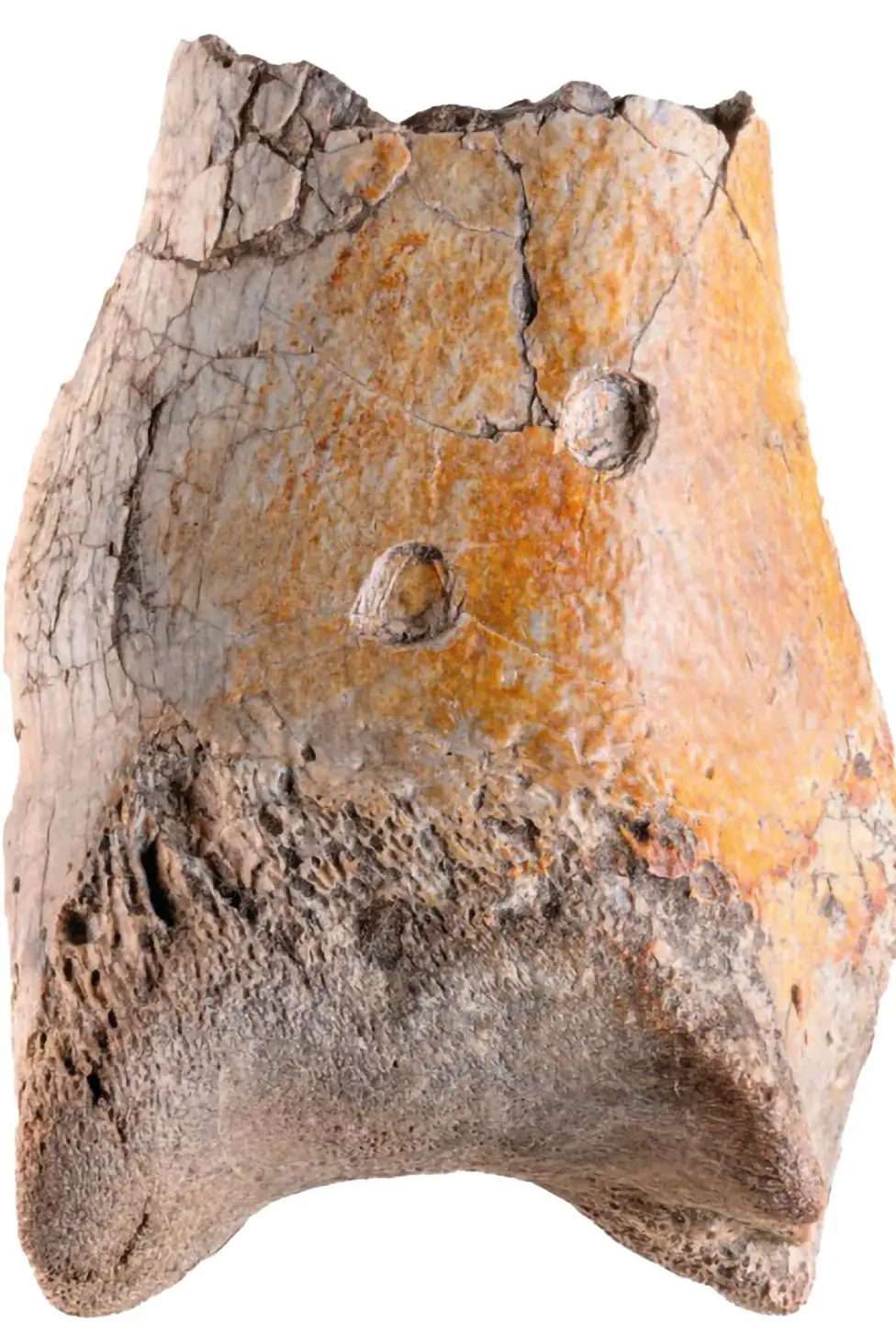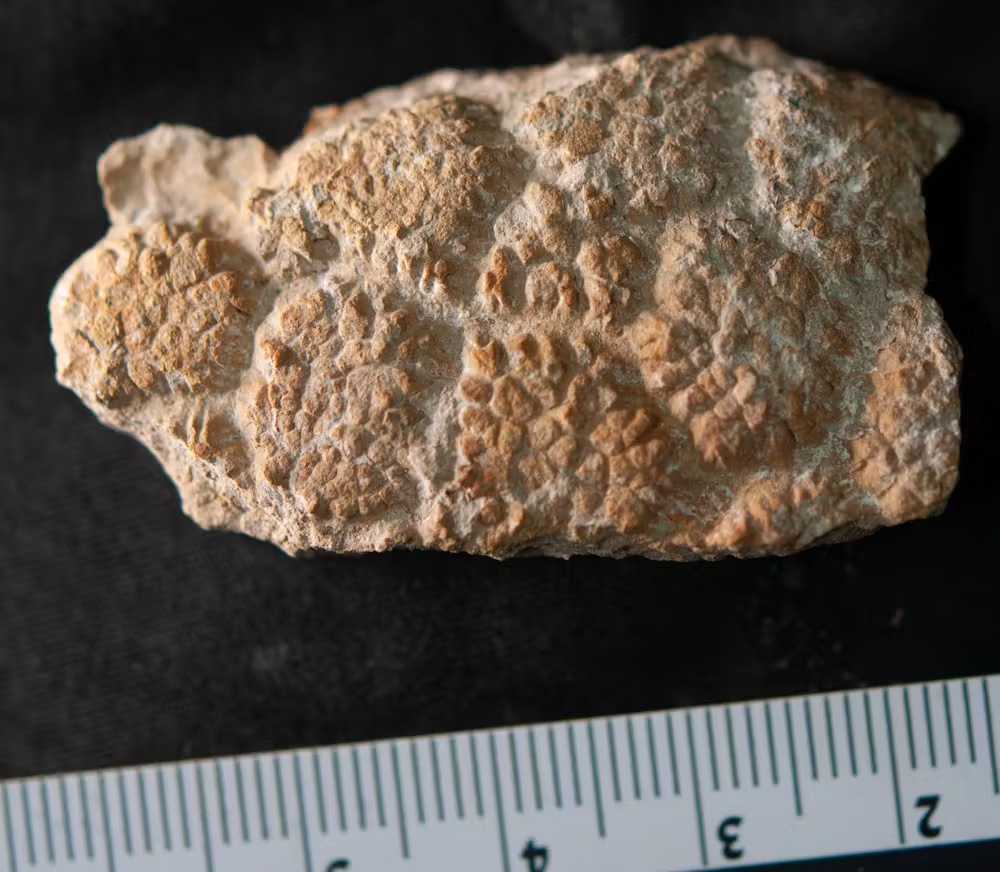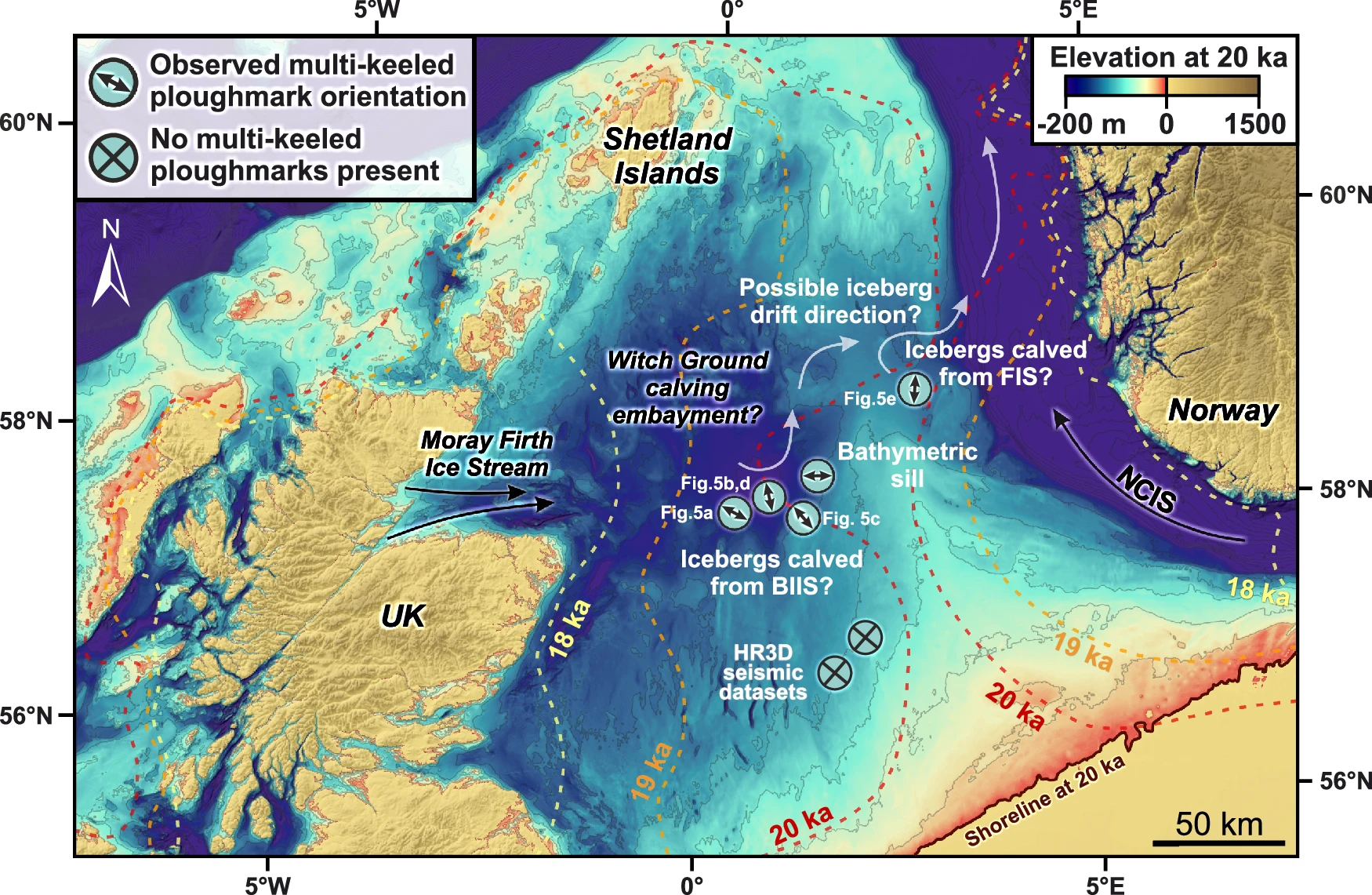Talks, field trips and events organised by west country geological organisations are publicised on this blog. Discussion about geological topics is encouraged. Anything of general geological interest is included.
Thursday, 11 December 2025
How to Look for "Gold" Hydrogen
Wednesday, 10 December 2025
Kilauea Puts on a Spectacular Show!
Kilauea Puts on a Spectacular Show!
Friday, 5 December 2025
Lake Water Mixing is Slowing - Should we be Worried?
Lake Water Mixing is Slowing - Should we be Worried?
Down to Earth Extra December 2025
Down to Earth Extra December 2025
Wednesday, 29 October 2025
Down to Earth Extra November 2025
Down to Earth Extra November 2025
Saturday, 18 October 2025
Jurassic Lives Uncovered
Jurassic Lives Uncovered
The holotype and only known specimen of the hauffiopterygian leptonectid, Xiphodracon goldencapensis (ROM VP52596) from Golden Cap, between Charmouth and Seatown, Dorset, UK. The skeleton is exposed in ventrolateral view. The skull has been fully prepared free of matrix whereas most of the skeleton is still in matrix. The left (upper) forefin has been prepared so that it is three-dimensionally preserved and projects upwards. Scale bar represents 20 cm.
Saturday, 11 October 2025
Anne Bronte's Rocks
Anne Bronte's Rocks
Friday, 26 September 2025
Air Balloon Geology
Air Balloon Geology
Saturday, 16 August 2025
Dead Sea Models Salt Deposition
Dead Sea Models Salt Deposition
Saturday, 9 August 2025
Is the Core Separate from the Mantle - Maybe Not
Is the Core Separate from the Mantle - Maybe Not
Friday, 1 August 2025
Down to Earth Extra August 2025
Down to Earth Extra August 2025
The Grand Canyon - Then and (Almost) Now
The Grand Canyon - Then and (Almost) Now
Saturday, 26 July 2025
Terror Bird Meets it's Doom
Terror Bird Meets it's Doom
Friday, 18 July 2025
Field Trip Proposal by Nick Chidlaw
Field Trip Proposal by Nick Chidlaw
Saturday, 12 July 2025
Visit the Holm Islands
Visit the Holm Islands
The Oldest Meteorite Impact - Not Quite
The Oldest Meteorite Impact - Not Quite
Thursday, 26 June 2025
Hydrogen - Is This the Fuel of the Future?
Hydrogen - Is This the Fuel of the Future?
Saturday, 14 June 2025
A Dinosaur's Last Meal
A Dinosaur's Last Meal
Saturday, 7 June 2025
Were There Five Mass Extinctions?
Were There Five Mass Extinctions?
Wednesday, 28 May 2025
Down to Earth Extra June 2025
Down to Earth Extra June 2025
Saturday, 17 May 2025
Land Level Rises - What is the Cause?
Land Level Rises - What is the Cause?
Saturday, 26 April 2025
An Unsurprising Discovery
An Unsurprising Discovery
Icebergs calved in the Witch Ground Basin would drift eastwards towards the Norwegian Channel before being routed northwards towards the continental shelf edge. The isostatically-corrected bathymetry of the central North Sea at 20 ka is from Bradley et al. 60, with bathymetric depth contours displayed every 25 m. Colored stippled lines represent the modeled ice margins of the last British-Irish (BIIS) and Fennoscandian (FIS) ice sheets at timeslices between 20 ka and 18 ka from Clark et al. 40. NCIS—Norwegian Channel Ice Stream.
Saturday, 19 April 2025
Petrification: Fossils & the Revelation of Deep Time
Petrification: Fossils & the Revelation of Deep Time
Wednesday, 16 April 2025
Filling the Mediterranean - a Megaflood of Articles
Filling the Mediterranean - a Megaflood of Articles
Saturday, 12 April 2025
The Case of the Missing Niobium
The Case of the Missing Niobium
A new study challenges the long-held assumption that Earth's early crust was significantly different from today's continental crust. Researchers used mathematical models to simulate the formation of Earth's first protocrust during the Hadean eon (4 to 4.5 billion years ago). Their findings suggest that this early crust surprisingly exhibited a similar chemical fingerprint to modern continental crust, specifically a lack of the element niobium.
This niobium depletion was previously thought to be a hallmark of subduction zones, implying the existence of tectonic plates early on. However, the model indicates that niobium would have been drawn to Earth's core during its formation, explaining its absence in the early crust without the need for plate tectonics. This suggests that continental crust formation may have been an original part of Earth's layering process. The study offers a new perspective on Earth's early geological evolution and potentially the formation of continents on other planets.
--------------------------------------------














